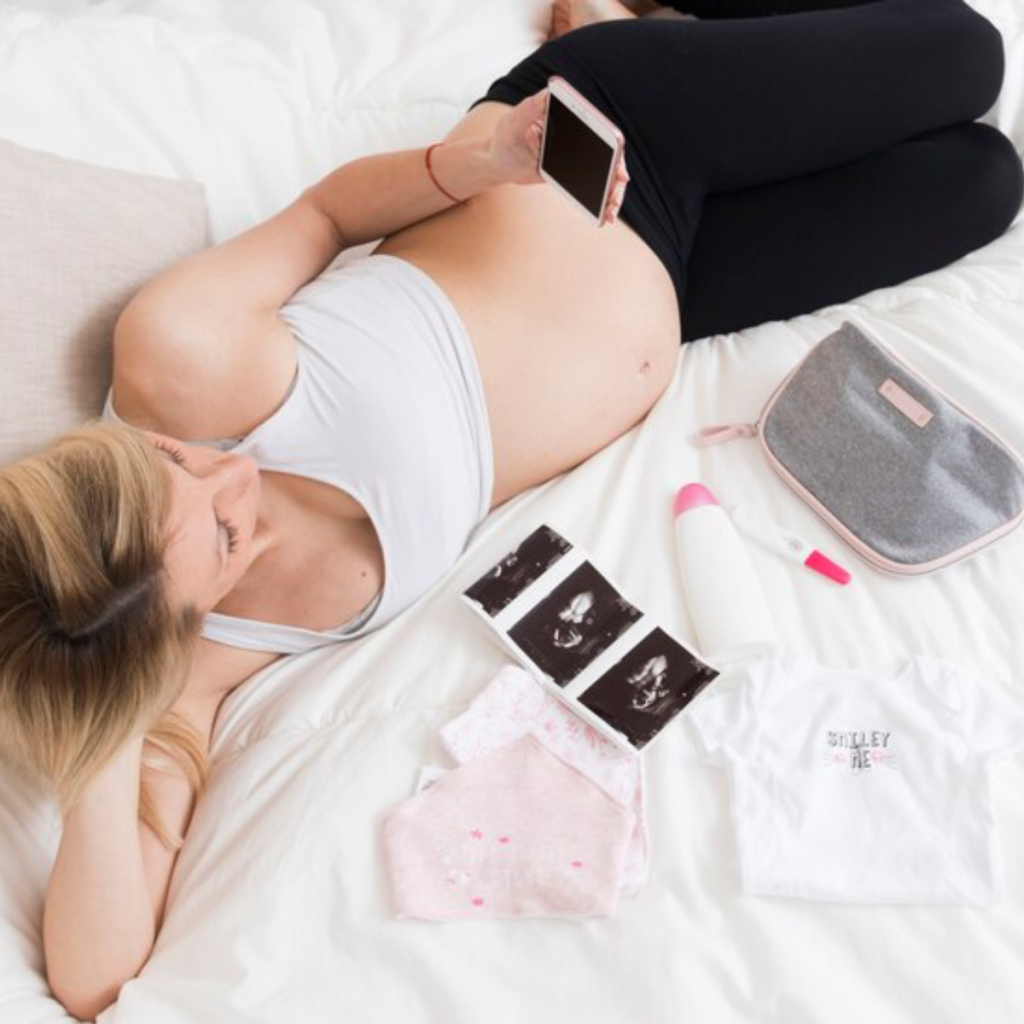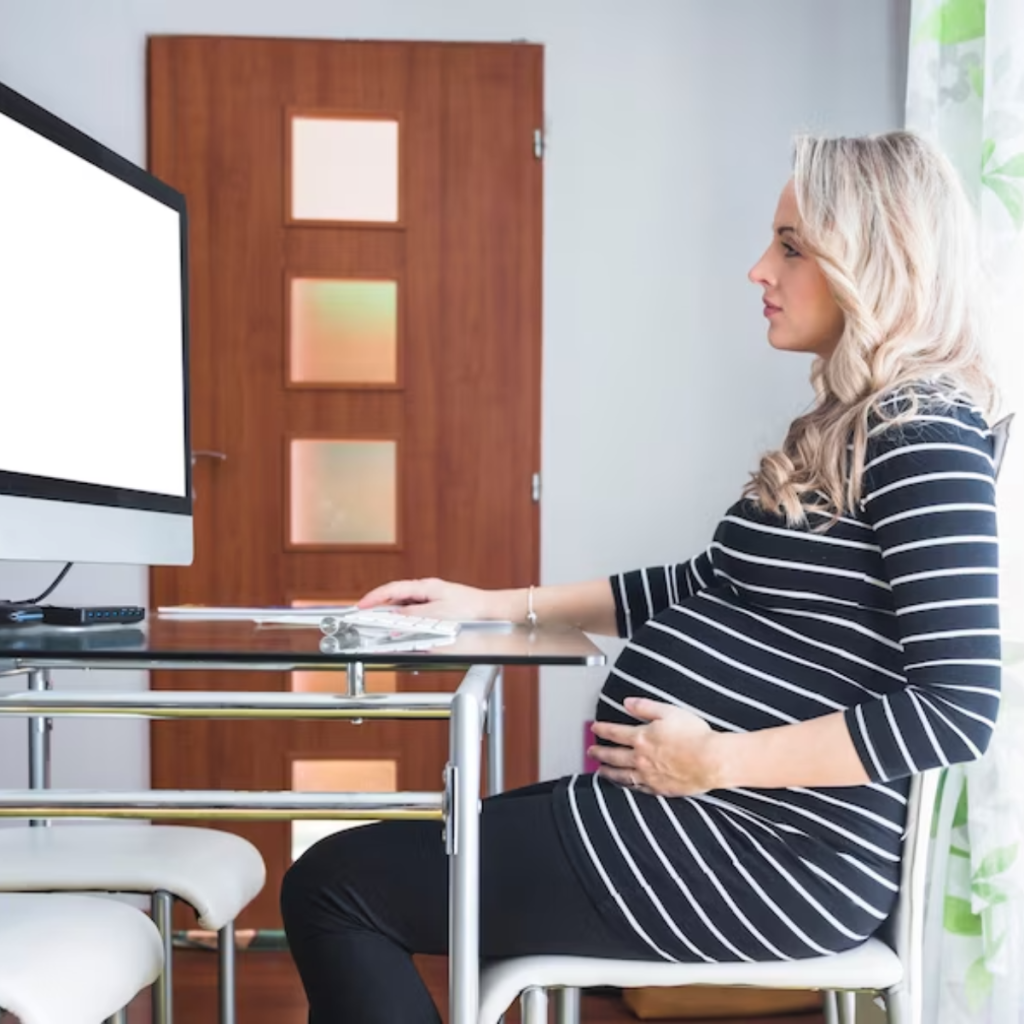Discover how the shifting center of gravity during pregnancy can impact postpartum back pain.
How Does Pregnancy’s Shifting Center of Gravity Affect Postpartum Back Pain?
Welcome to the world of pregnancy, where your body becomes a magical balancing act! One of the fascinating aspects of this journey is the shifting center of gravity and its impact on postpartum back pain. In this article, we’ll take a closer look at how your body’s equilibrium changes during pregnancy and why it can potentially lead to those pesky postpartum backaches.

Understanding the Body’s Center of Gravity
Before we dive into the nitty-gritty, let’s make sure we’re all on the same page about what center of gravity actually means. Imagine a perfectly balanced scale – the point at which it remains level is the center of gravity. In other words, it’s the point around which your body stays balanced. Pretty neat, right?
Defining Center of Gravity
Center of gravity is like the secret superhero of your body, working behind the scenes to keep you steady as you go about your daily activities. It’s located in your pelvic region, near the sacrum bone. Normally, it helps distribute your weight evenly and keeps you upright, but during pregnancy, it goes through some impressive transformations.
During pregnancy, your body undergoes a series of remarkable changes to accommodate the growing life inside you. As your baby develops and your uterus expands, your center of gravity begins to shift. This shift is necessary to maintain balance and carry the increasing weight as your baby grows.
As your pregnancy progresses, your center of gravity migrates forward due to the protruding belly. The weight of your growing baby pushes your abdomen outward, causing your body to naturally compensate by adjusting its center of gravity forward. This adjustment helps you maintain stability and prevent you from toppling over.
While the idea of your center of gravity shifting during pregnancy may sound cute and fascinating, it can actually wreak havoc on your back. The forward migration of your center of gravity puts additional strain on your lower back, which can lead to discomfort and pain.
It’s important to be mindful of your posture and take steps to support your changing center of gravity during pregnancy. Engaging in exercises that strengthen your core muscles, such as prenatal yoga or gentle Pilates, can help stabilize your body and alleviate some of the strain on your back. Additionally, wearing supportive shoes and avoiding high heels can also contribute to maintaining better balance and reducing the risk of falls.
So, while your center of gravity may be undergoing a fascinating transformation during pregnancy, it’s essential to take care of your body and provide it with the support it needs to navigate this incredible journey.
The Link Between Center of Gravity and Back Pain
So, how does this relocation party impact your back? Let’s shine a spotlight on the spine’s role in maintaining balance and the impact of weight distribution on your back health. Strap in and get ready for some enlightening revelations!
The Spine’s Role in Maintaining Balance
Your spine isn’t just a bony column; it’s an articulate hero that works tirelessly to keep you upright. It serves as the backbone of your body, quite literally. But did you know that during pregnancy, as your center of gravity shifts forward, your spine experiences extra pressure and stress? It’s like having a demanding boss breathing down your neck – it’s bound to cause some discomfort.
As your baby bump grows, the natural curve of your lower back becomes accentuated, a phenomenon known as lordosis. This change in curvature is a necessary adaptation to accommodate the growing life within you, but it also places additional strain on your spinal discs, muscles, and ligaments. It’s like a tightrope walker trying to maintain balance on a high wire – any slight misstep can lead to back pain making its grand entrance.
Imagine your spine as a complex system of interconnected parts, all working together to keep you upright and mobile. The vertebrae, the small bones that make up your spine, act as the building blocks, providing stability and protection for your spinal cord. The discs, located between each vertebra, act as shock absorbers, cushioning the impact of everyday movements. The muscles and ligaments surrounding your spine provide support and help maintain proper alignment.
During pregnancy, these intricate components of your spine face additional challenges. The shifting center of gravity places uneven pressure on different parts of your spine, causing certain areas to bear more weight than others. This imbalance can lead to muscle fatigue, joint strain, and ultimately, back pain. It’s like asking a tightrope walker to perform acrobatic tricks while carrying a heavy backpack – the strain becomes too much to bear.
The Impact of Weight Distribution on Back Health
Weight distribution is no small matter when it comes to the health of your back. During pregnancy, the front of your body bears the brunt of the weight gain, which, as we mentioned earlier, causes your center of gravity to shift forward. This imbalance can throw your back off balance, figuratively and literally.
With the extra weight tugging at your pelvis, your back muscles have to work extra hard to maintain stability. They are like the unsung heroes of your body, constantly engaged to keep you upright and prevent you from toppling over. Meanwhile, your abdominal muscles, usually the backbone of good posture, are stretched and weakened. It’s like sending Batman on a mission without his utility belt – things aren’t going to end well.
Think of your back muscles as a team of dedicated workers, each with their own role to play. The erector spinae muscles, located along the length of your spine, help you maintain an upright posture. The multifidus muscles, deep within your back, provide stability and support for your spine. The transverse abdominis muscles, located deep in your abdomen, act as a corset, wrapping around your spine to provide additional support.
During pregnancy, these muscles face a significant challenge. The increased weight and the shifting center of gravity place additional demands on your back muscles, causing them to work overtime. It’s like asking a team of office workers to handle twice the workload without any extra resources – burnout is inevitable.
As your abdominal muscles stretch to accommodate your growing baby, they become less effective in supporting your spine. This loss of support can lead to poor posture, increased strain on your back muscles, and ultimately, back pain. It’s like removing the foundation of a building – everything starts to crumble.
So, the next time you feel the strain in your back during pregnancy, remember the intricate dance between your center of gravity, spine, and weight distribution. Your body is going through a remarkable transformation, and it’s only natural for your back to experience some discomfort along the way. Take care of your spine, give it the support it needs, and remember that it’s the backbone of your journey into motherhood.
Pregnancy and Postural Changes
Let’s now shift our attention to the postural changes that pregnancy brings to the table. Brace yourself for the progression of these changes and the long-term effects they can have on your posture.
The Progression of Postural Changes During Pregnancy
Picture a graceful swan gliding across the water – that’s the kind of posture most of us dream of having. However, during pregnancy, this dream may seem more distant than ever. According to experts, as your pregnancy progresses, your posture may gradually transform into a more swayed-back position. Say goodbye to that serene bird and hello to the waddling mama duck.
As the curves of your spine become more pronounced, your upper back may start rounding, and your shoulders might slump forward. These changes are not only an homage to your growing baby but also a recipe for potential postpartum back pain.

The Long-Term Effects of Pregnancy-Induced Postural Changes
Postural changes are like those pushy salespeople who just won’t take no for an answer – they can be persistent. Even after you’ve welcomed your bundle of joy into the world, your posture may take a while to revert to its pre-pregnancy glory. It’s like those last few stubborn pounds that refuse to leave no matter what diet you try.
If left unattended, poor postural habits can contribute to long-term back pain and discomfort. It’s like wearing your shoes on the wrong feet – it might seem okay for a little while, but eventually, you’ll pay the price.
Postpartum Back Pain Explained
We’ve arrived at the point where we finally uncover the mystery behind that nagging postpartum back pain. Let’s explore the common causes and understand the connection between postural changes and the aftermath of pregnancy.
Common Causes of Postpartum Back Pain
Postpartum back pain isn’t very picky – it can have multiple causes. The rapid expansion and shrinkage of your uterus during pregnancy can stretch and weaken the abdominal muscles, leaving your back to take center stage in the discomfort department.
In addition to weakened muscles, hormonal changes can also contribute to loosened ligaments, making your joints less stable. This instability can increase stress on your back, leading to those oh-so-familiar aches and pains.
The Connection Between Postural Changes and Postpartum Back Pain
Let’s put two and two together and see how postural changes play a role in the grand scheme of postpartum back pain. As we’ve explored earlier, pregnancy-induced postural changes can alter the alignment of your spine and put extra stress on your back muscles. This stress, combined with weakened abdominal muscles, can create the perfect storm for postpartum back pain to crash the party.
Prevention and Management of Postpartum Back Pain
Now that we’ve discovered the culprit behind postpartum back pain, it’s time to shift our focus to prevention and management. Delve into the importance of posture correction after pregnancy and explore the wonders of physical therapy and exercises for alleviating this pain.
Importance of Posture Correction After Pregnancy
Posture correction isn’t just reserved for English society; it’s an essential aspect of reclaiming your pre-pregnancy vitality. After giving birth, your body needs some guidance to return to its natural alignment and bid adieu to those pesky postpartum aches.
By being mindful of your posture and making simple adjustments, such as straightening your upper back and bringing your shoulders back and down, you can provide much-needed relief to your back muscles. It’s like giving your body a virtual spa day – relaxation guaranteed!
Physical Therapy and Exercises for Postpartum Back Pain
If you’re looking to take your postpartum back pain management to the next level, physical therapy and exercises are here to save the day. A skilled physical therapist can guide you through specialized exercises designed to strengthen your back muscles and improve your overall posture.
Engaging in gentle exercises, such as pelvic tilts, gentle stretches, and core strengthening activities, can help relieve postpartum back pain and restore stability to your mighty spine. It’s like inviting a personal trainer into your living room – minus the sweat and the judgmental stares.
As much as we’d love to have a magic wand to banish postpartum back pain, understanding the impact of your shifting center of gravity is a good first step. Remember, mama, you don’t have to bear the burden of back pain alone. With a little knowledge and a touch of proactive care, you can minimize discomfort and embrace this beautiful chapter of motherhood with open arms—minus an achy back!



